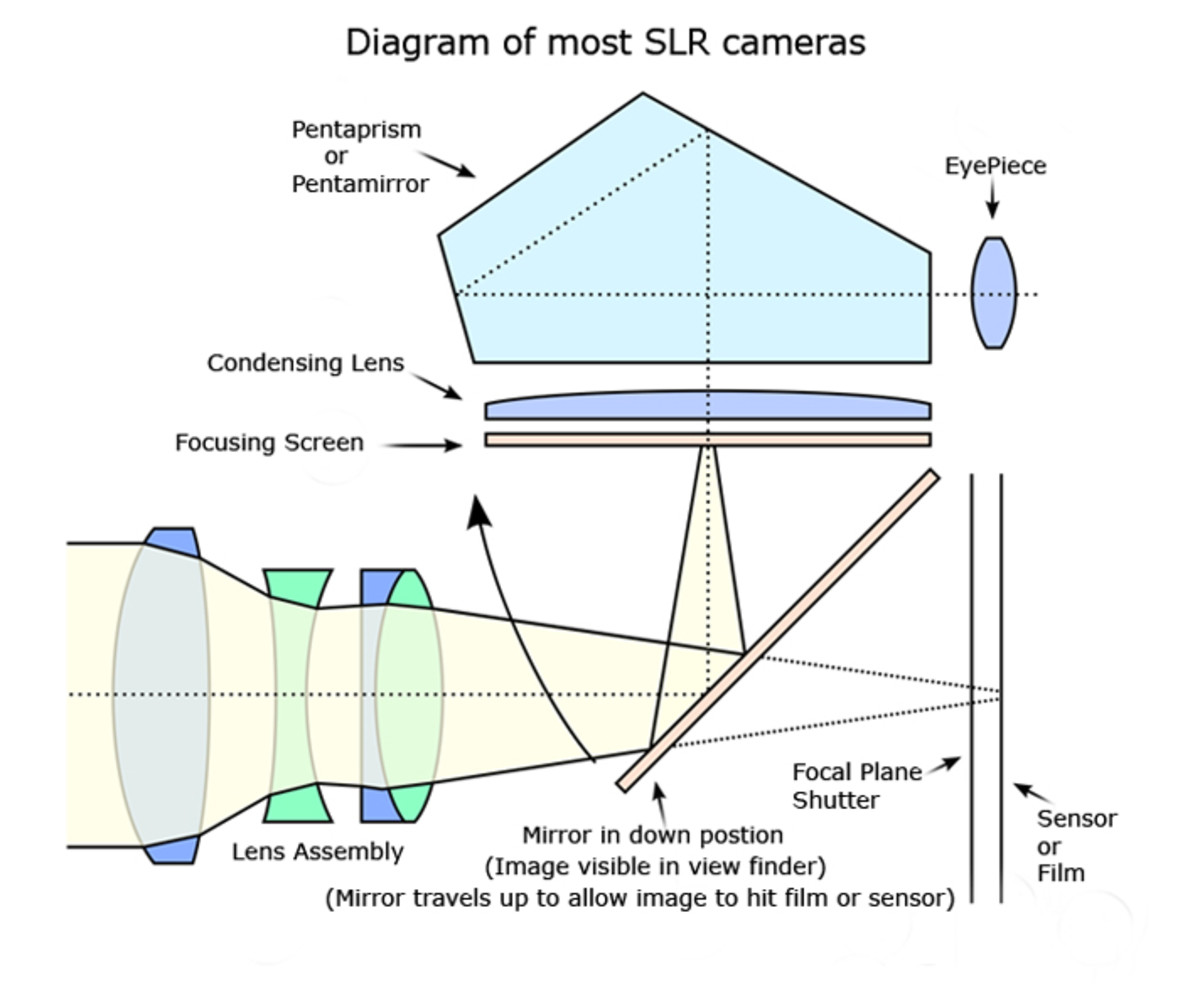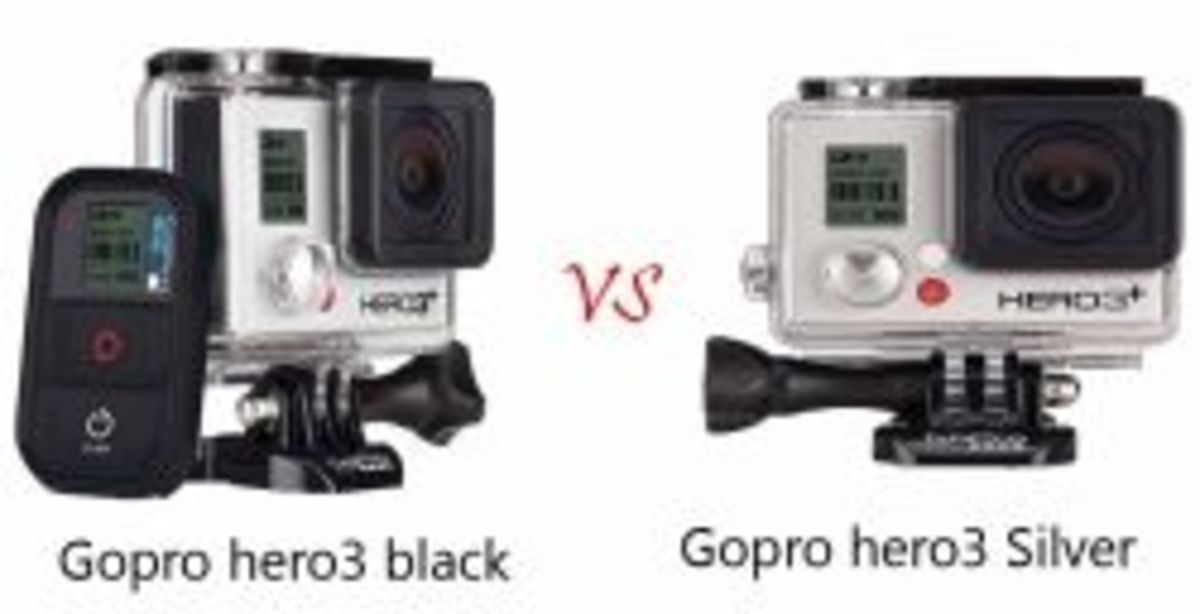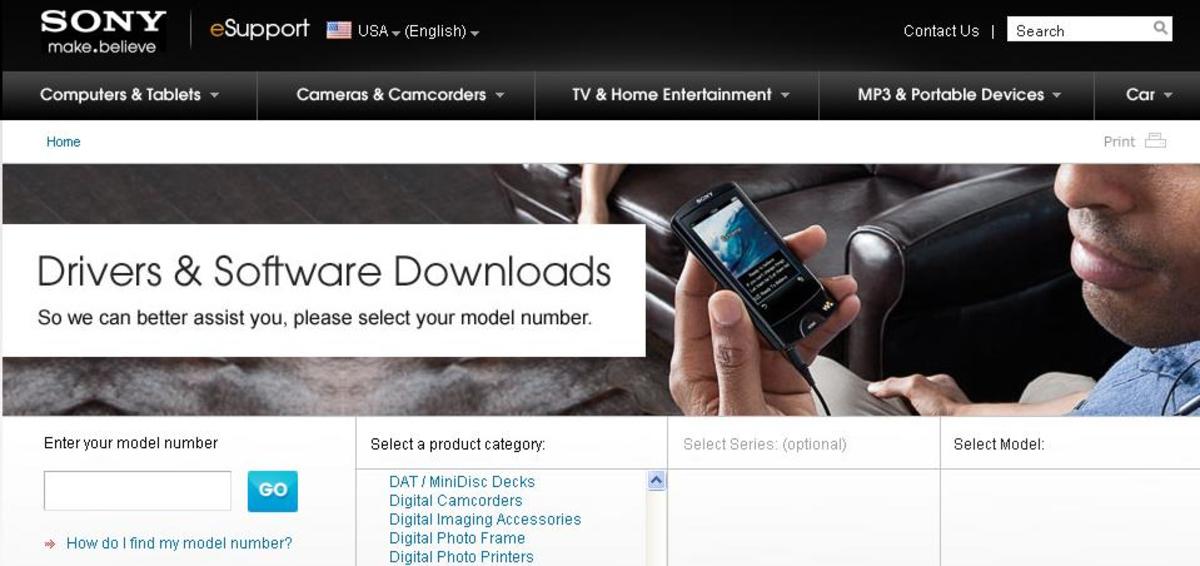- HubPages»
- Technology»
- Consumer Electronics & Personal Gadgets»
- Portable Electronics
Old lenses in my new DSLR
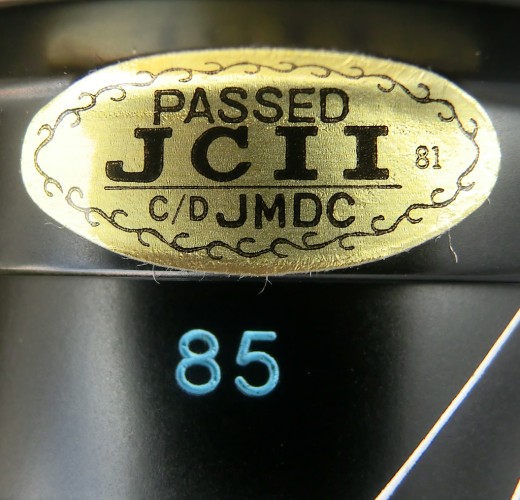
The big evolution from analog to digital photography
Being new to the world of DSLR photography but being an experienced user of an SLR camera 20 years ago, I have to recognise that, technically speaking, DSLR photography has nothing to do with SLR photography.
While artistical concepts still the same as in all other major visual arts: composition, frame and the use of colors, and even those phisical concepts related to the use of the light remain unaltered: depth of field, aperture, exposition and the optical behaviour of the lens, the use of a DSLR camera has changed the way photographers face the way they shoot.
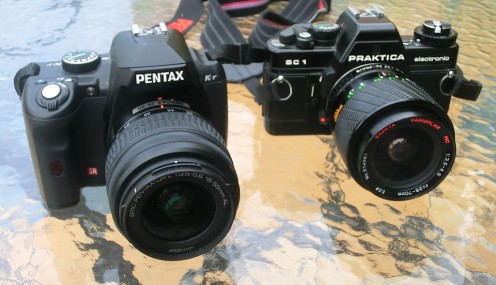
With DSLRs, Images are much sharp, you can make trial-error strategies without the fear of wasting material (negatives) and with the use of digital software tools you can enhance your pictures with no limit.
With a little bit of practice, fear of being wrong disappears, because most of the times the scene is static and will remain there, giving us the opportunity to check the result, change the camera settings and shot again.
With new DSLR cameras, the photographer has two options:
- Let the camera deal with all the technical details involved in a shot (automatic mode).
- or chose manual mode and take trial shots, changing the camera settings until he considers they are ok.
In both cases the camera deals - or aids - with the technical aspects of the settings of the exposition and the photographer can concentrate more in the artistic aspects than in technical details.
Backward compatibility
One of the features of DSLR and other cameras with interchangeable lens is the backward compatibility with old lenses. We are talking about discontinued lenses including really old lenses, built 30 years ago.
Types of old lenses
I consider new lenses as lenses that are still in production. All the rest are old lenses.
But not all old lenses can be classified equally and, attending to that, not all of them have the same interest.
From more to less interest:
- Lenses that suit perfectly all the features of your camera: congratulations! not all new lenses can't take the best of your DSLR.
- Auto Focus (AF) lenses that don't suit all the features of your DSLR. i.e. the ultrasonic auto focus motor system.
- Manual Focus (MF) lenses that are compatible with DSLR mount system.
- Manual Focus (MF) lenses with a mount system different than your DSLR's one. You should use an adaptor between the body and the lens.
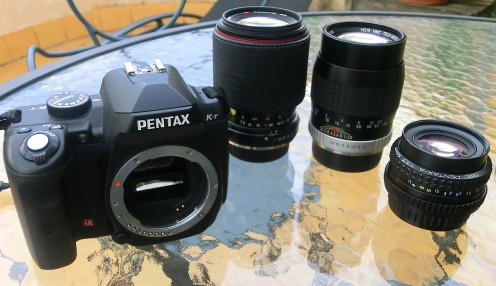
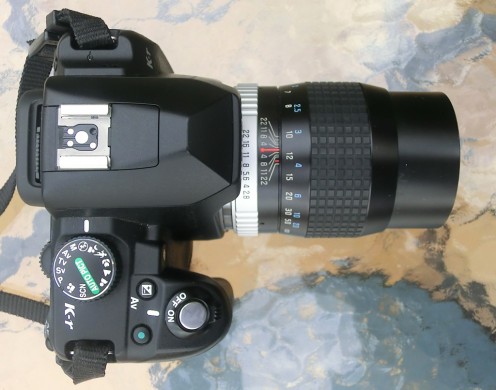
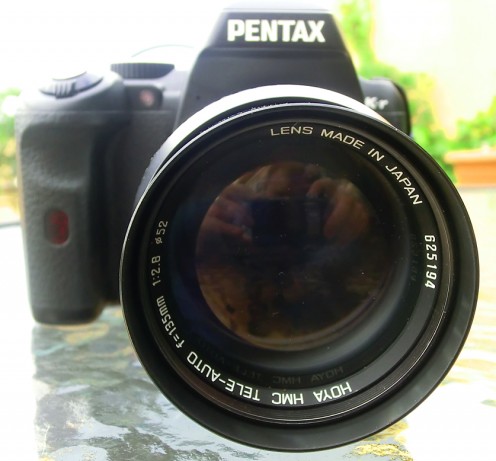
Reasons to use old lenses
Everybody has their own reasons to use an old lens in his DSLR, but mainly can fit one or several of these ones:
- "I had an old analog camera with a big set of lenses. When I bought my new DSLR I tried if my old lenses where compatible and, eureka! they worked very well. Well some of them are MF but, anyway they still work."
- "I bought my DSLR with the 18-55mm kit lens, that is quite good but limited. I wanted to incorporate some fast prime lenses, but as all good equipment, bought new was expensive. At the end, I considered that I would give up some advanced features, like AF, and buy an old second hand lens that suits my needs. Anyway, old photographers didn't have auto-focus systems in their cameras."
- "Some old lenses are so well built that it's a pleasure to use them."
- "I have an old lens that beats in image quality all the new models available today."
- "Oh, just to recycle. I like to collect old things that are still useful and I feel very happy to make them work."
- "It helps my DSLR look funnier. A very modern gadget combined with a vintage one. It's like the father and son working together in perfect harmony."
- "Well my great uncle passed on his photography equipment to me."
As you see, talking about lenses, older doesn't exactly mean worst.
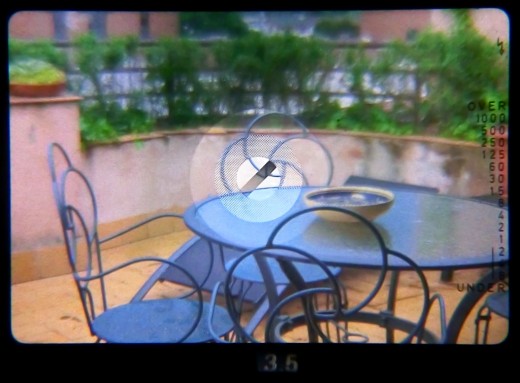
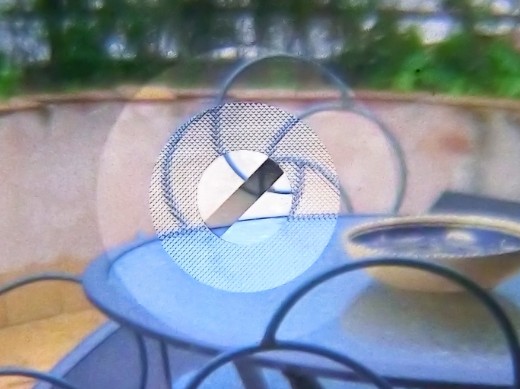
Can you live without auto focus?
Yes and not. I'd prefer my camera and my lenses to be auto-focus, but some times I will focus manually.
Focus manually with a DSLR camera is trickier than with an old SLR, because you don't have the tipical focusing screen, that helps identify when the image is focused. But is also true that sometimes you will need to fine focus manually and not all new lenses can do it in AF mode.
It's also true that moving subjects are very difficult to focus manually, but there are lots of subjects like landscapes that don't need a really strong focus.
Using old manual focus lenses can be harder, but the abilities improve with experience.
Exposition control: can you live in Manual Mode?
Yes. You can. If you get used to, for artistic photographies you will never get back to Automatic modes.
When you get used to "M", you acquire a sixth sens for aproximate the settings in any light conditions. Then if you shot in RAW, you still have 2 EV points to deal with when post-processing the image.
When you get used to "M", you know that your camera settings will remain unaltered, not depending of what kind of light is getting the camera in the points of measure for every independent shot.
With some kind of old lenses, "M" mode can be mandatory, but sometimes you will be glad to use it to the point that you will use it even with new lenses.
Best camera brands for using old lenses
Not all DSLR camera builders treat old lenses the same way. There are brands better suited than other if you want to use old lenses.
For example, Nikon new begginer DSLR bodies, keep full compatibility only with new ultrasonic autofocus lenses.
Sony and Pentax have their sensors stabilized. Old lenses lack stabilization. So brands that build bodies with stabilized sensors can take more profit of old lenses.
Compatibilities:
- Sony bodies are compatible with Minolta Alfa mount lenses. You can find a lot of adaptors to fit other mount systems in your Sony body.
- Pentax can mount Pentax lenses but also some Tamron, Sigma, Tokina, and using some adaptors a lot of brands that built M42 mount lenses.
- Olympus DSLR are very compatible with their old lenses because the mount system has remained unaltered across the time, with the exception of micro fourd thirds that are smaller lenses suited for mirrorless cameras (Olympus and Panasonic).
- Canon is also quite compatible with his old lenses.
- Nikon is a little bit of a mess.
You can find old lenses of brands you haven't heard before, very old, but with some compatibility with your DSLR body. And sometimes, in very good condition.
With the right adapter you can even mix lenses desgned for one brad with the body of another brand, at your own risk, like everything explained in this hub.
Easier to find old lenses
Fast lenses, those with big apertures, from f2.8 to f1.4 use to be expensive. There are excellent quality old MF prime lenses in the second hand market that suit this profile:
- A fast 50mm. In the past it was a neutral lens (not tele, not wide). Nowadays for sensor sizes smaller than full frame, it has became a tele lens. It's easy to find a f1.4, f1.7, f2.2 or f2.8.
- A fast prime tele lens: a 90mm, a 105mm or even a 135mm f2.8, suitable for portrait photography.
Cheap tele zoom lenses are always easy to find, with apertures ranging 70-210mm, 80-200mm, some of them AF, but lots of them MF, and some of them with macro capabilities.
Some useful resources to help buying old lenses
Prior to start finding old lenses for your DSLR I recommend to acquire some knowledge about the mount system equipped in your camera and the compatibility with old lenses of the same brand. These lenses could have the same mechanical mount but with different variants across the time allowing the brand to accommodate to the increasing use of the electronics to communicate signals between the lens and the camera body.
You can also find databases of old lenses with reviews, market prices and picture examples that can be of inestimable value if you finally decide to evaluate the possibility of equip your DSLR with an old lens.
Hard to find
If your camera uses a smaller sensor size than full format, a 24mm wide lens behaves as a 35mm wide lens, not as wide. That's why kit zoom lenses range 18-55mm, equivalent to 24-80mm in full format, becoming a wide-tele zoom lens.
Old lenses built for film cameras were conceived for full format. From this point of view, 24mm is wide enough and, in that time, it was no need for a wider one, i.e. a 18mm.
So we can easily deduct that finding wide and fish-eye old lenses is quite difficult for non full-format cameras.
In the other way, you can find some new lenses equipped with an "old" mount system. These lenses are not AF and can be attached to any DSLR using the right adapter. This "old" mount system use to be M42. An example of this is the Fisheye Peleng 8mm, that actually is a new lens.
Where to find old lenses
Everybody can have its own place to purchase old lenses. I prefer ebay, because it's easily reacheable from home at any time.
Nevertheless, I am aware that some local flea markets and specialized photography stores may eventually offer this kind of material.
With the right knowledge you could learn how to identify great opportunities.
Finding the right adapter
Lots of old lens can be used with Nikon, Canon, Pentax, Olympus o Samsung DSLR current mounts using the right adapter. Usually adapters don't include any electronic part, it's just a metallic part. Few of them come with an optical glass while others transmit some electronic signals providing AF confirm.
The most popular adapters are:
- M42 adaptors to any mount. M42 is a screw mount. Then you will find M42 to PK (All Pentax DSLRs), M42 to Canon EF (All Canon Eos DSLRs), M42 to Nikon AI (All Nikon DSLRs), M42 to Olympus OM (All Olympus DSLRs with mirror), M42 to Olympus micro 4/3, to Sony E (Sony NEX), to Sony.Minolta MA (all other Sony and Minolta DSLRs). The operation mode in all cameras will be "M" losing AF and any other automatic mode, except, in some cases, the confirm AF feature, that notifies when the image is focused with an audio signal or a spot in the viewfinder.
- Tamron Adaptall and Adaptall 2. Tamron produced several lenses under the Adaptall and Adaptall 2 series, that where universal lenses that need an special adaptor to be sold separatelly.
- T-mount is a screew mount used in microscopes and telescopes. With the right T-adaptor you could attach your DSLR to a microscope or a telescope. There exist several versions of T-mounts (i.e T2, T-400,...)
- Canon EOS Beginners' FAQ III - Lenses
Canon EOS Beginner FAQ. Frequently asked questions about photography and photographic equipment, aimed at the beginner using Canon EOS equipment. A good and very complet article that contains common useful information about lenses. - Nikon's 10 Best Lenses
A list of 13 of the all-time Nikon's best lenses (only Nikon branded) - Nikon SLR Camera & Lens Compatibility Chart
Nikon D-SLR camera and lens compatibility - The Pentax Camera Lens Compatibility Chart
Pentax Lens Compatibility Chart. Camera bodies regarding their mount and the compatible mount lenses. - Pentax Reviews - Pentax Lens Reviews & Lens Database
Pentax lens review database with reviews of Pentax lenses including K-mount, M42 screwmount, 645, 6x7, and DA digital lenses. Exhaustive Pentax lens listings with ratings, reviews and technical specifications of Pentax and compatible lenses.

